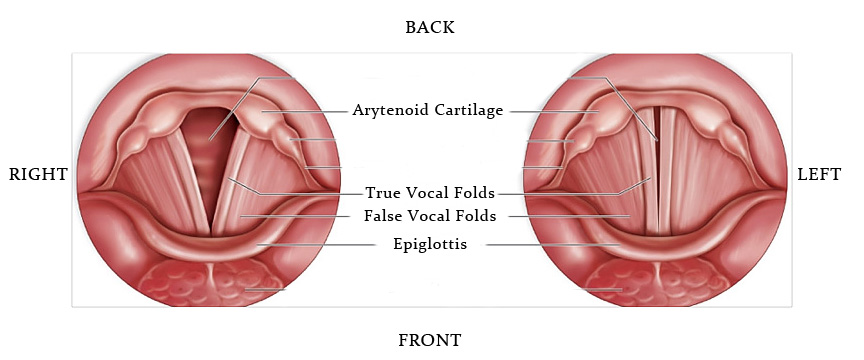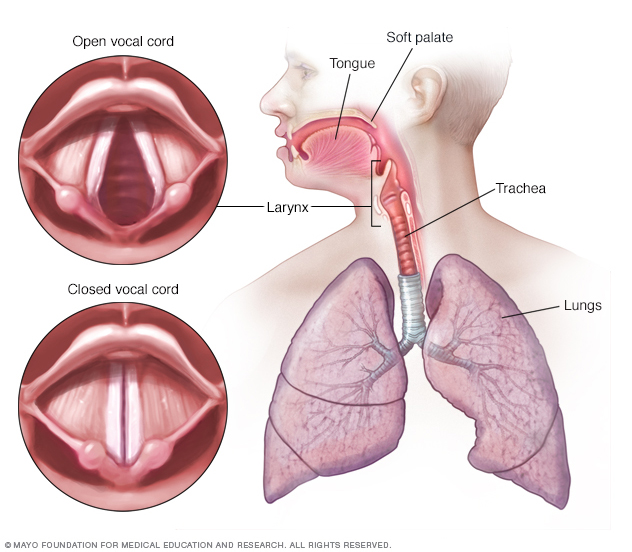As part of human, voice is the only instrument and it is the only choice that human can do to make sound and release the endorphin into their brain. Sound is created by the vibration of the vocal cords which stays inside the larynx inside our body. As the vocal cords vibrates it travel through the body resonating cavities such as: throat, nose and mouth. The facts that the vocal cords have the ability to stretch is because of the thyroid cartilage surrounding. As the cartilage grow the vocal cords range will be changing and can causes the voice to change or breaks. Part of singing out loud for somebody to hear is connected to the mechanical waves. Mechanical waves is the fluctuation of matter that transfer the energy through transmission medium. Each and every single one of us are born with different kind of sound because of the size and shape of the larynx, vocal fold, and resonating cavities. Vocal cord is about 2 cm long.
According to the research, The Bernoulli Effect is a concept behind the physics of singing. The Bernoulli Effect is officially called Bernoulli’s Principle. The article stated “As the velocity of a fluid increases, the pressure exerted by that fluid decreases.” Air can also be fluid. As an example from the same article, let said the air is traveling through tube as it’s speed is also increases it’ll creates a lower pressure in the tube. So the physics is when the air pressure decrease its creates a vacuum. This means that the tube is the trachea and the thing that get suck by which is called the vocal fold. It is important in the vocal tract because the air will flow faster to the vocal folds causing a pressure to drop and a force pulling the vocal folds together. Also when the vocal folds comes together, the flow is block and the air pressure from the lung then pushes them to be apart. Bernoulli’s effect is when a fluid speed up and the pressure drop.
Vocal Tract
It is also connected to the vocal tract when it is an open cavity of the vocal tract which includes nasal cavity, mouth cavity, pharynx and larynx.
Vocal chord is very similar to the string of the guitar:
- String have different diameter and have different frequency.
- Thinner string creates higher frequency.
- Low notes creates from thinner vocal cord.
- Thicker string creates lower frequency.
- High notes creates from thicker vocal cord.
- The note A has a 440 vibrations per second.
The Frequency depend on the tension force by small muscles that is attached to the vocal folds and supporting the cartilage. The approximation of men frequency is 90 – 200 hz and 140 – 400 hz for women.
During speaking or when human have the impulse to make sound, the body counter inhaling and when we, human, are exhaling, the air will travels through lungs. So this would means the same thing, as we sing, our mouth will make sound and so the air will also get into our body while we are exhaling. Thinner string creates higher frequency and low notes creates from thinner vocal cord. Thicker string creates lower frequency and high notes creates from thicker vocal cord. Vocal cord happens hundred of times per second, which causes it a vibration.
Amplitude is also one of the part that we can start singing as well. The size of vibration is the amplitude that stays in the sound effects of how loud human can sing. The amplitude is important, in comparison to the small amplitude and greater amplitude, if the amplitude is much greater it will allow to make it loud.
We can get the approximation the effect of vocal tract on the amplitude of the harmonics by doing the calculation:
Total amplitude of harmonic = Source * Filter function
One other thing that also used to help guide how sound can be heard and from everywhere is called Diffraction. Diffraction is work with the vibration and help to sent the sent wave out in different direction. As well as, the higher frequency it is, the higher pitch it’ll be for their singing, meaning if it have a low frequency it’ll have lesser pitch.
SOURCE:



